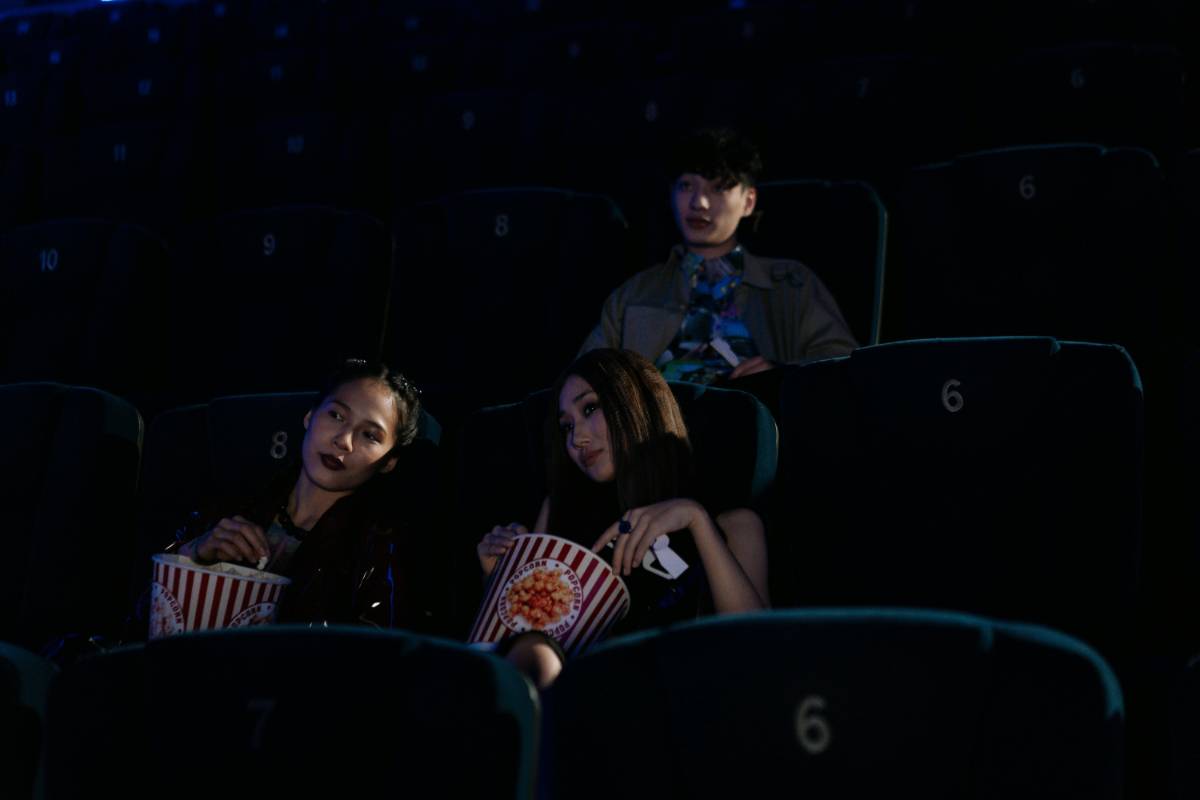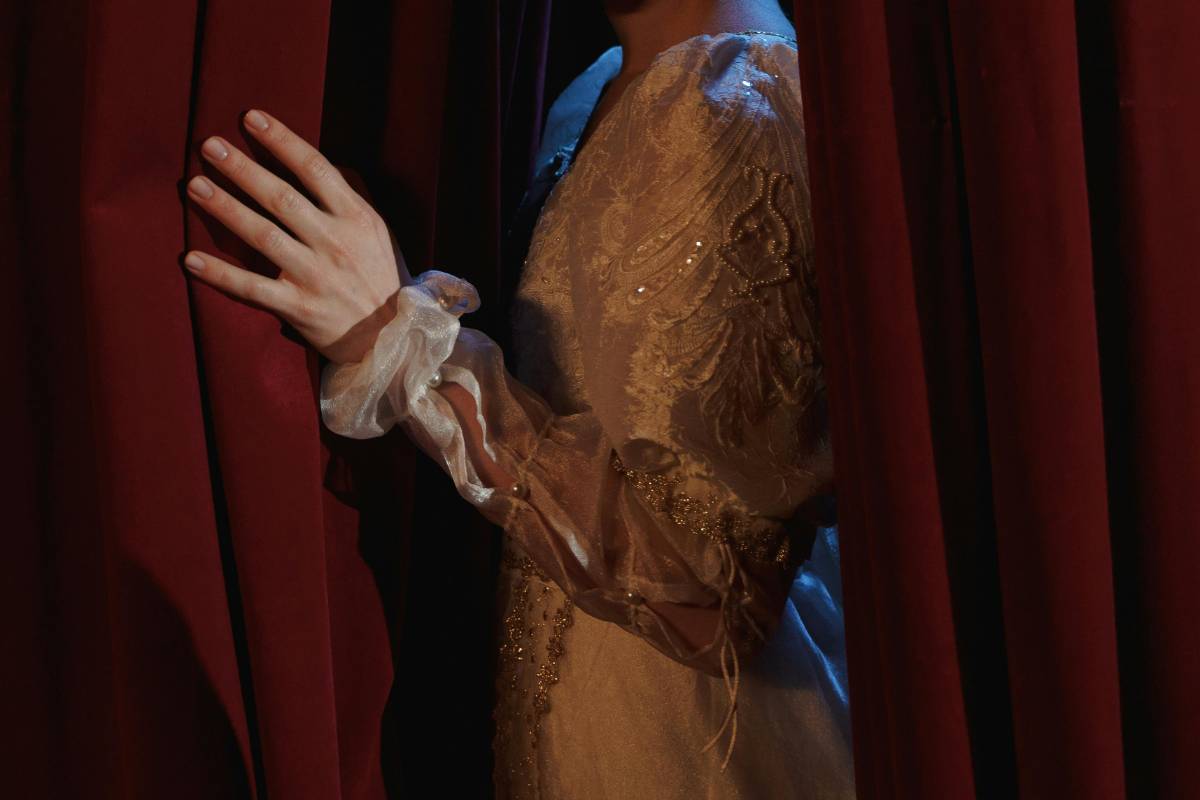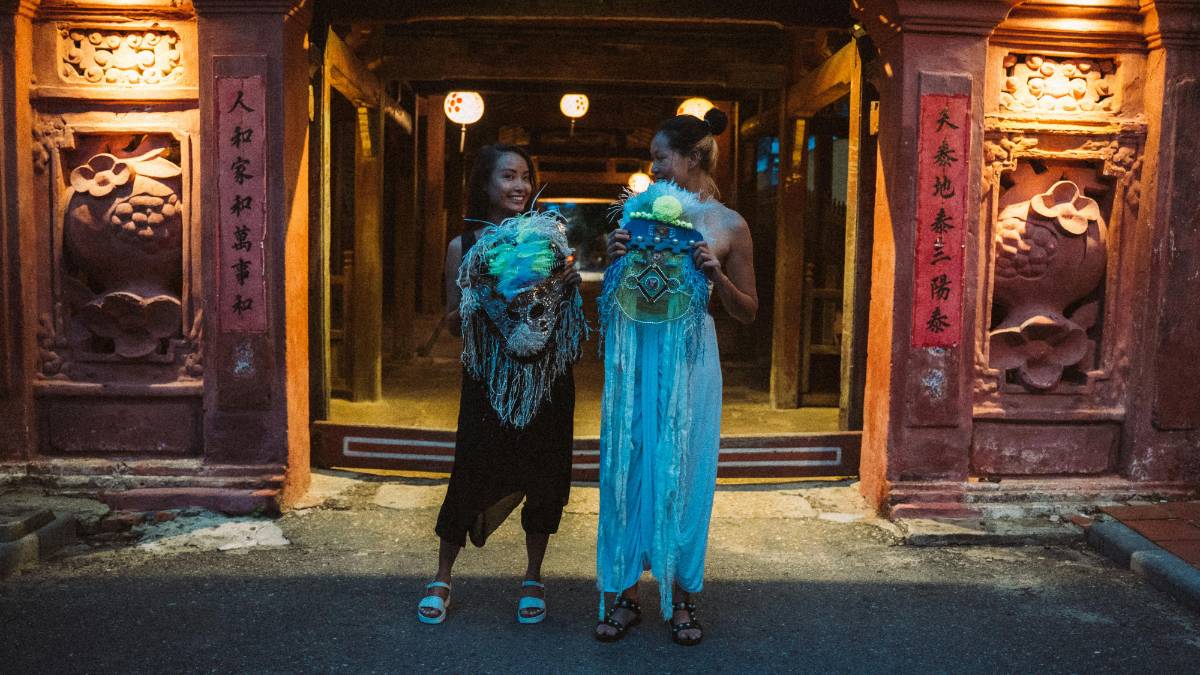The Evolution of Hollywood’s Special Effects
06 Sep 2025
Read Time: 7 min read
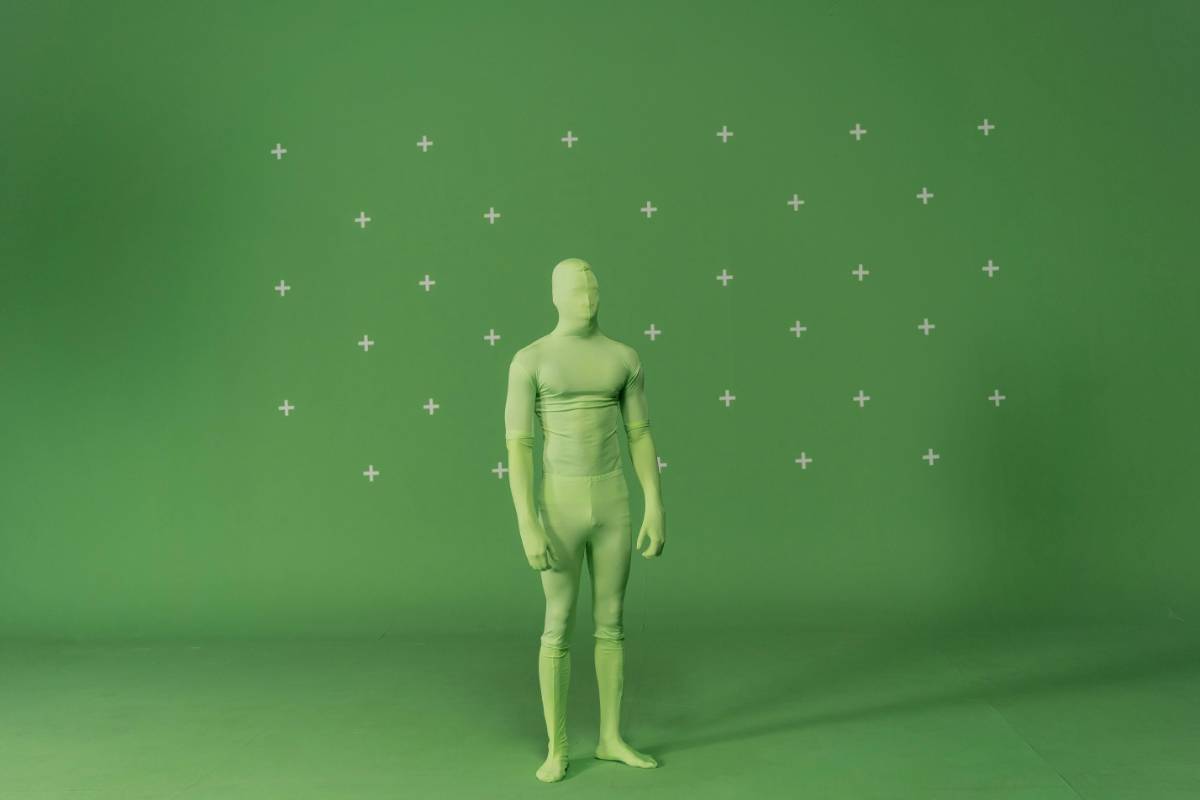
Special effects (SFX) have long been a crucial part of Hollywood filmmaking, allowing directors to bring the most imaginative and fantastical visions to life on the big screen. From early practical effects to today's cutting-edge CGI, the evolution of special effects has transformed the way we experience movies, making once-impossible scenes possible. But how did we go from simple, in-camera tricks to the complex digital effects that define modern blockbusters? Let's explore the evolution of Hollywood's special effects.
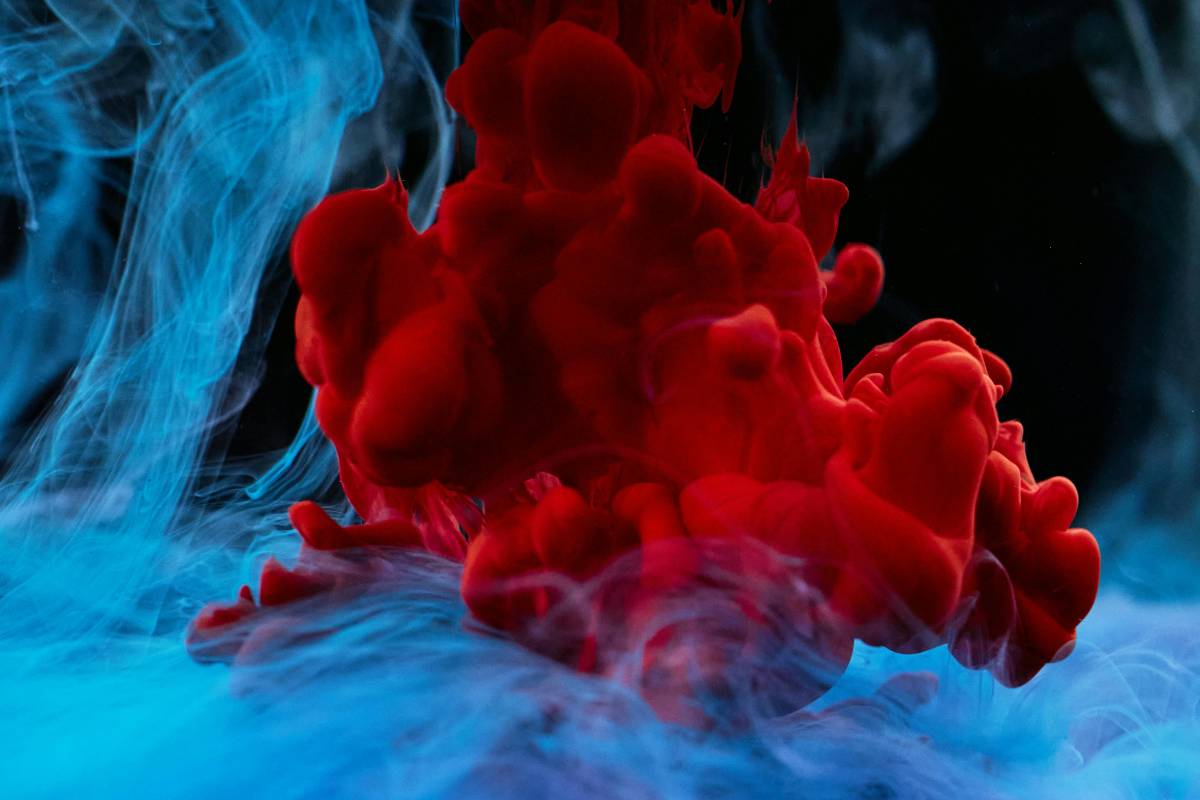 Early Beginnings: Practical Effects and Ingenious Tricks
Early Beginnings: Practical Effects and Ingenious TricksIn the early days of Hollywood, special effects were achieved through practical methods, often relying on the ingenuity of filmmakers to create illusions on camera. These early techniques were groundbreaking for their time, including trick photography, miniatures, and forced perspective. Directors like Georges Méliès were pioneers of these practical effects in films such as *A Trip to the Moon* (1902), using early cinematic techniques to create fantastical scenes that captivated audiences.
During the 1920s and 1930s, films like *King Kong* (1933) demonstrated how miniatures and stop-motion animation could create jaw-dropping spectacle. The giant ape was brought to life using detailed models and stop-motion techniques, setting a precedent for future generations of filmmakers. Similarly, *The Wizard of Oz* (1939) introduced the use of painted backdrops, costume design, and practical effects to transport audiences into the magical land of Oz. These early effects were groundbreaking, but the process was time-consuming and often limited by technology.
The Rise of Visual Effects in the 1950s and 1960sBy the 1950s, Hollywood began to embrace more sophisticated special effects techniques. The advent of new technologies allowed for greater flexibility and creativity, leading to the birth of visual effects as we know them today. One of the most notable examples of this shift is *2001: A Space Odyssey* (1968), directed by Stanley Kubrick. The film's groundbreaking visual effects were achieved using a combination of practical models, front projection, and other innovative techniques that pushed the boundaries of what could be done on screen.
Another major leap in visual effects came in 1959 with *Ben-Hur*, which used dynamic action sequences, including the iconic chariot race, to set new standards for action and special effects. The 1960s also saw the introduction of optical printing, allowing filmmakers to combine different layers of film, which was a key technology for compositing visual elements together.
The 1990s marked the dawn of the digital revolution in Hollywood. The introduction of computer-generated imagery (CGI) completely changed the landscape of special effects. Films like *Jurassic Park* (1993) showcased the power of CGI, using groundbreaking digital effects to bring dinosaurs to life in a way never before seen on screen. The success of *Jurassic Park* proved that CGI could be used to create realistic creatures and environments, sparking a revolution in the industry.
Following *Jurassic Park*, CGI quickly became the go-to tool for creating not only creatures and environments but also entire worlds. In *The Matrix* (1999), the use of CGI allowed for groundbreaking visual effects like the iconic "bullet time" sequence, where characters could move in slow motion while the camera rotated around them. These effects set a new standard for what was possible in action scenes and became a defining moment in Hollywood's visual history.
During this time, other films like *Titanic* (1997) and *Star Wars: Episode I – The Phantom Menace* (1999) also incorporated CGI in ways that had a massive impact on storytelling. CGI helped filmmakers create stunning visual effects that were both realistic and fantastical, enhancing the narrative while immersing the audience in the film's world.
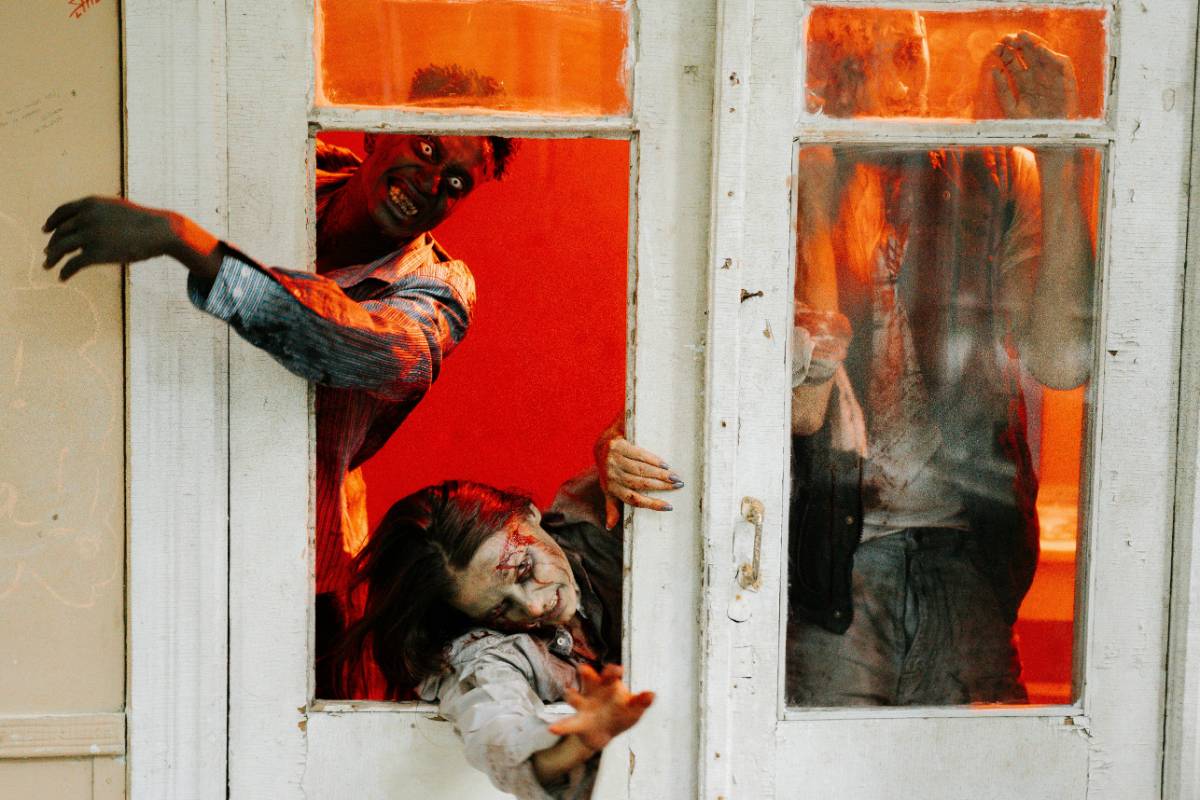
💡 Discover More from Hollywood
The 2000s ushered in a new era of hyper-realistic special effects. With the advancement of CGI and motion capture technology, filmmakers could now create even more complex and lifelike characters, environments, and action sequences. One of the most prominent examples of this is *Avatar* (2009), directed by James Cameron. The film used revolutionary motion capture and 3D technology to create the lush, alien world of Pandora, setting new standards for visual effects and cinematic immersion.
As the demand for increasingly realistic and immersive experiences grew, Hollywood turned to technology like motion capture, 3D modeling, and photorealistic rendering. *The Lord of the Rings* trilogy (2001-2003) pushed boundaries with its use of CGI to create creatures like Gollum, whose complex, emotionally expressive face was brought to life using motion capture technology. The success of these films demonstrated the potential for CGI to enhance not only spectacle but also character development and storytelling.
By the 2010s, blockbuster franchises like the *Marvel Cinematic Universe* (MCU) and *Star Wars* began to rely heavily on visual effects, using CGI to create expansive action sequences, larger-than-life characters, and fantastical worlds. The integration of CGI into these films was so seamless that many scenes felt hyper-realistic, often blurring the line between reality and computer-generated imagery.
Today, special effects continue to evolve as technology advances. Virtual reality (VR), augmented reality (AR), and artificial intelligence (AI) are becoming increasingly integrated into the filmmaking process. VR is being explored as a way to immerse audiences in the world of the film, offering an entirely new level of interactivity and experience. AR is also being used to create real-time, in-camera effects, while AI is enabling filmmakers to create hyper-realistic characters and environments that respond to human input.
As filmmakers continue to explore new technologies, the future of special effects looks boundless. What was once impossible on screen is now a reality, with effects that enhance storytelling in ways previously unimaginable. From virtual sets to interactive experiences, the evolution of Hollywood’s special effects shows no signs of slowing down, and the next frontier in cinema promises to be even more exciting and immersive than ever before.
ConclusionThe evolution of Hollywood’s special effects is a testament to the creativity and innovation that defines the film industry. From early practical effects to the digital age and beyond, filmmakers have continuously pushed the boundaries of what is possible on screen. Special effects have transformed the way we experience movies, elevating storytelling and visual spectacle to new heights. As technology continues to advance, we can only imagine the next chapter in Hollywood's ongoing journey of cinematic innovation.
Stay Informed
Get the latest and most accurate news delivered straight to your inbox. Subscribe now and never miss an update.

Anita Singh
An insightful voice in the industry, crafting content that informs, inspires, and connects with readers.
View all articles →Continue Reading

Travel
How to Make the Most of Business Class Benefits on Your Next Corporate Flight
By David Thompson
02 Oct 2025

Travel
How to Make the Most of Your Corporate Travel Perks – Expert Tips Inside!
By James Carter
31 Aug 2025
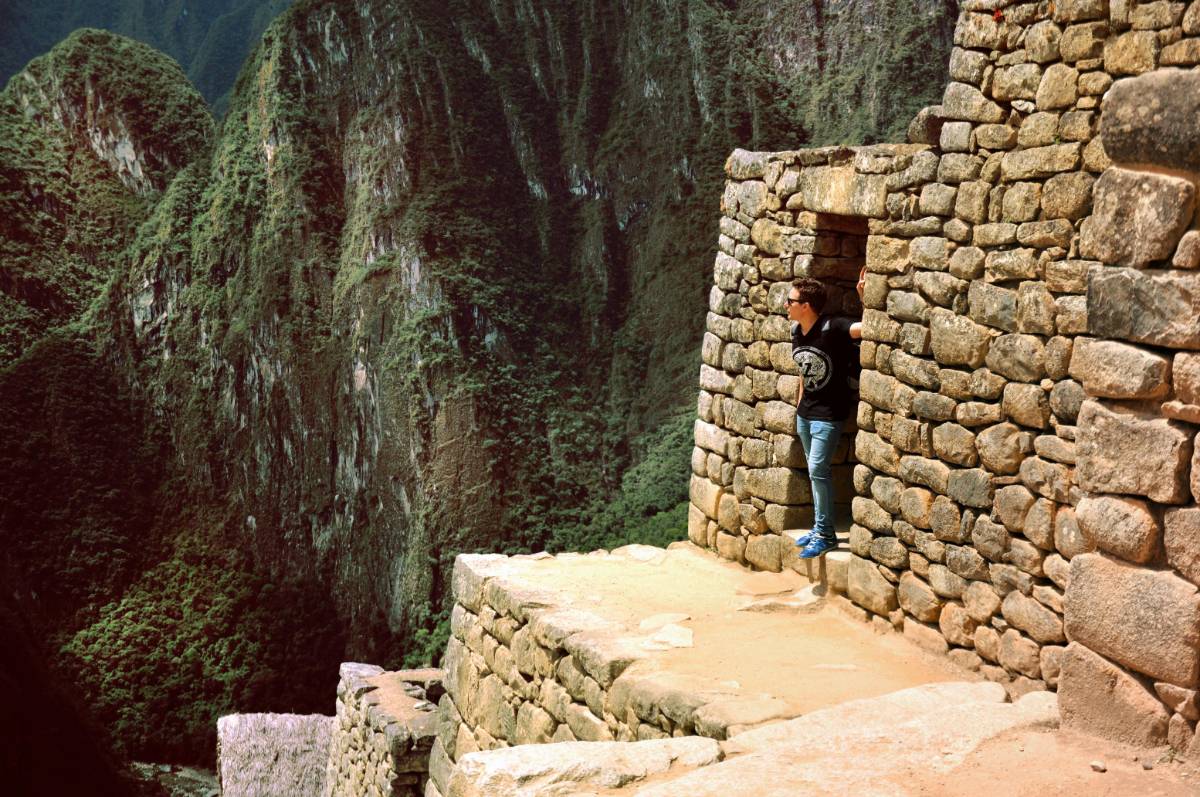
Travel
Exploring Indigenous Cultures: Destinations and Responsible Tourism Tips
By Rahul Sharma
20 Sep 2025

Travel
Why Your Corporate Travel Policy May Be Costing You More Than You Think
By David Thompson
18 Sep 2025

Travel
How to Make the Most of Your Airline Miles – Tips from Travel Experts
By Olivia Mitchell
23 Sep 2025

